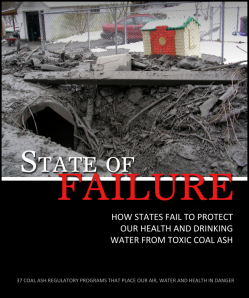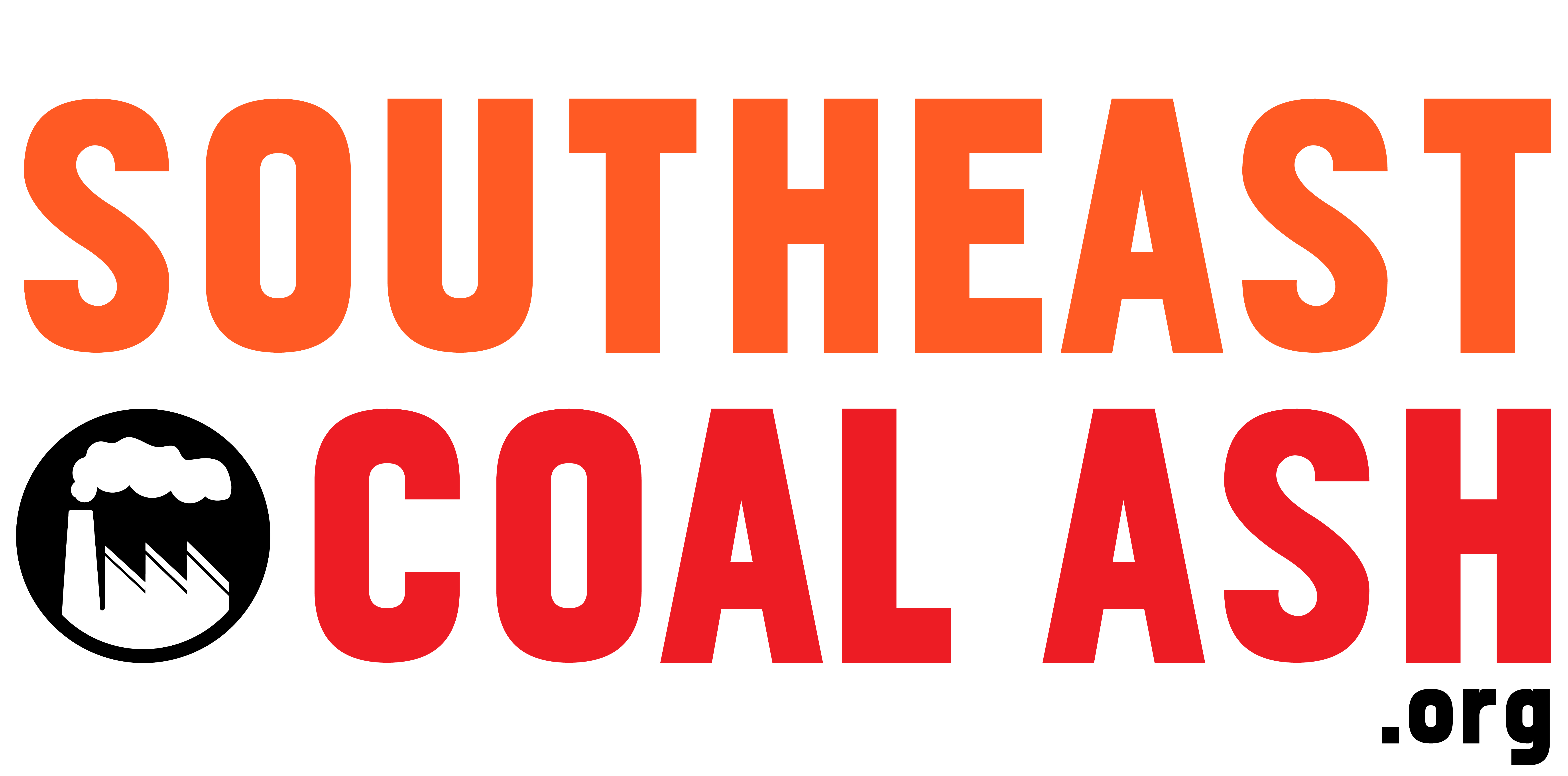A State’s Role in Coal Ash Regulation
For specific regional information, choose your state.
Alabama // Florida // Georgia // Kentucky // Mississippi // North Carolina // South Carolina // Tennessee // Virginia

The Southeast has the highest concentration of coal ash dump sites in any region in the nation. In December 2015, EPA finalized its minimum standards for coal ash disposal and put states in charge of implementing EPA’s rules to regulated this toxic trash. But Southeastern states do not have a good track record when it comes to protecting communities and the environment from coal ash. Furthermore, states often face obstacles such as budget constraints, industry pressure, and conflicting priorities among decision makers, inhibiting the proper regulation of coal ash at the state level. Even Tennessee, home of the tragic Kingston coal ash disaster, does not have safeguards designed to prevent future structural disasters or address ongoing groundwater contamination. This report from Earthjustice the highlights the historical failure of state programs across the country.
Create-Your-Own Coal Ash Report
Full control to create the report of your choosing listing coal plants with ash impoundments in the Southeast.
Create your report NOW!
180 Seconds of Coal Ash Problems
So Many Ways To Say “Coal Ash”
There are a lot of words used to describe both coal ash waste and the ways in which it is stored. Coal ash is also called "coal combustion waste" (CCW) and "coal combustion residuals" (CCR). Wet coal ash impoundments are frequently known as "ponds," "lagoons," or "surface impoundments."
